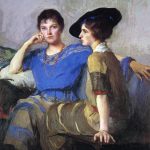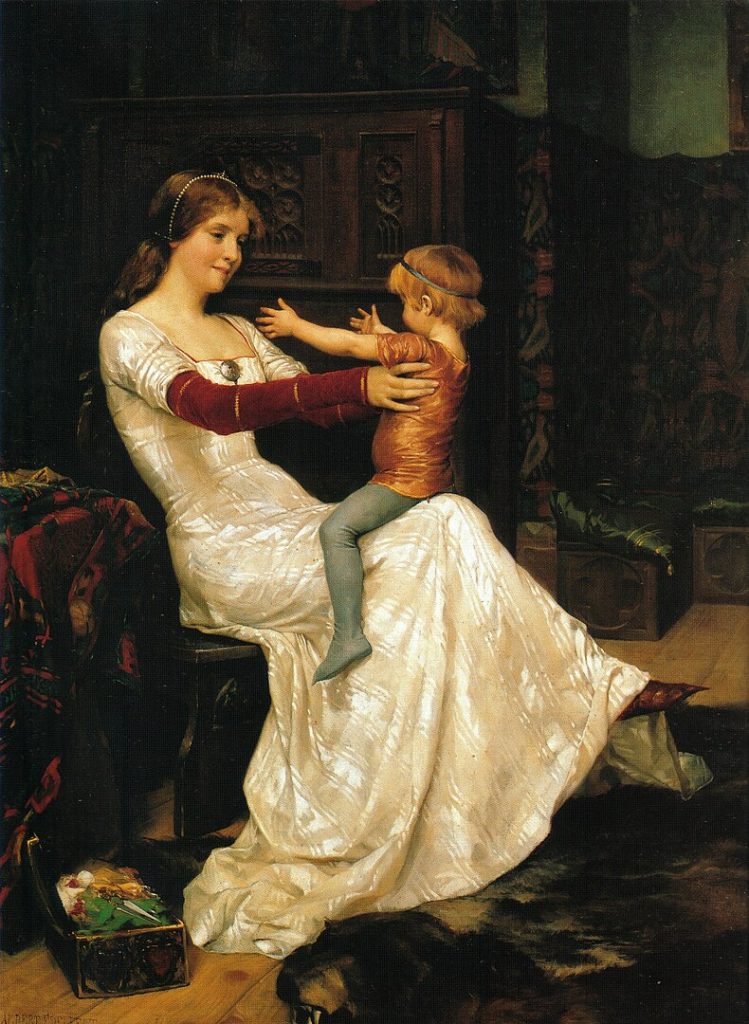
Albert Gustaf Aristides Edelfelt (1854–1905) was a Finnish painter and illustrator who played a significant role in introducing Finnish art to a wider European audience during the late 19th and early 20th centuries. Born on July 21, 1854, in Porvoo, Finland, then part of the Russian Empire, Edelfelt was immersed in an environment that valued culture and education, which would profoundly influence his artistic journey.
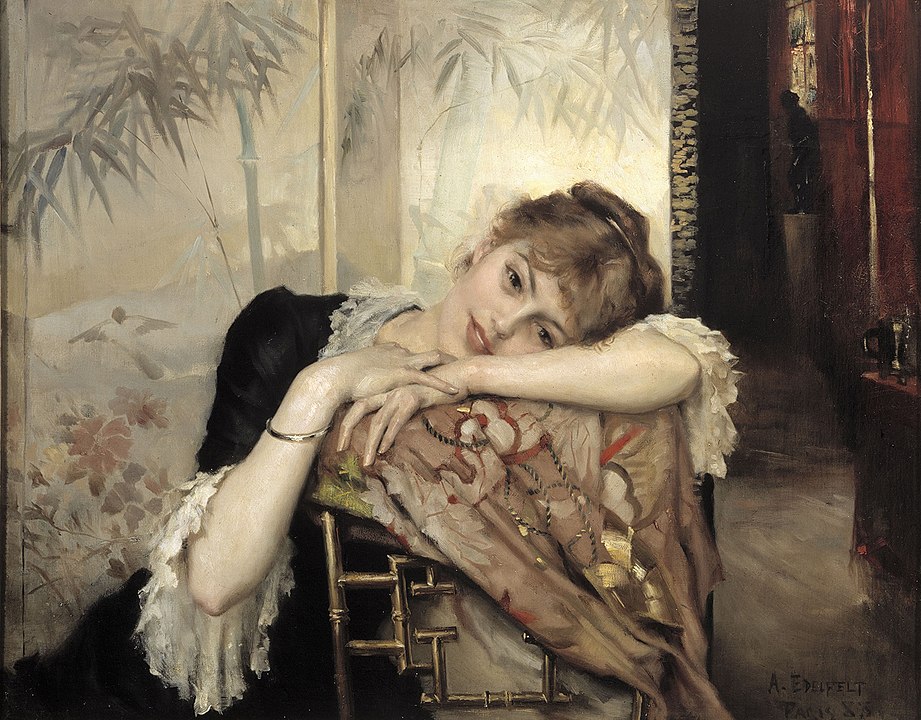
Edelfelt’s artistic talent became evident at an early age, prompting him to pursue formal education in the arts. He initially studied in Helsinki but soon moved to the more cosmopolitan art scenes of Paris and Antwerp.
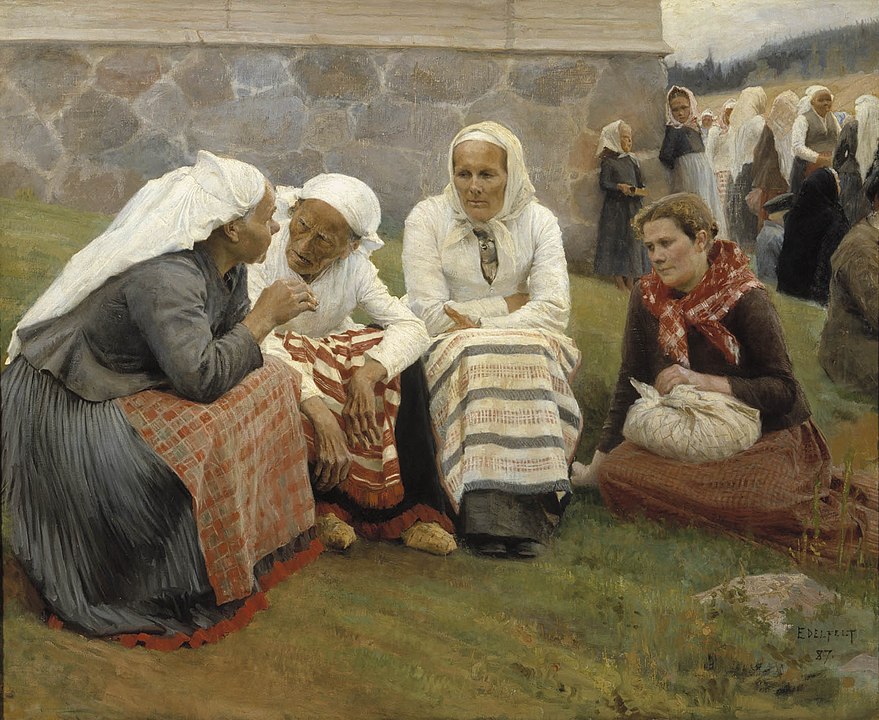
In Paris, he studied under the renowned academic painter Jean-Léon Gérôme at the École Nationale Supérieure des Beaux-Arts. The vibrant artistic community of Paris, along with exposure to the works of the French Impressionists and Realists, significantly shaped Edelfelt’s style and approach to painting.
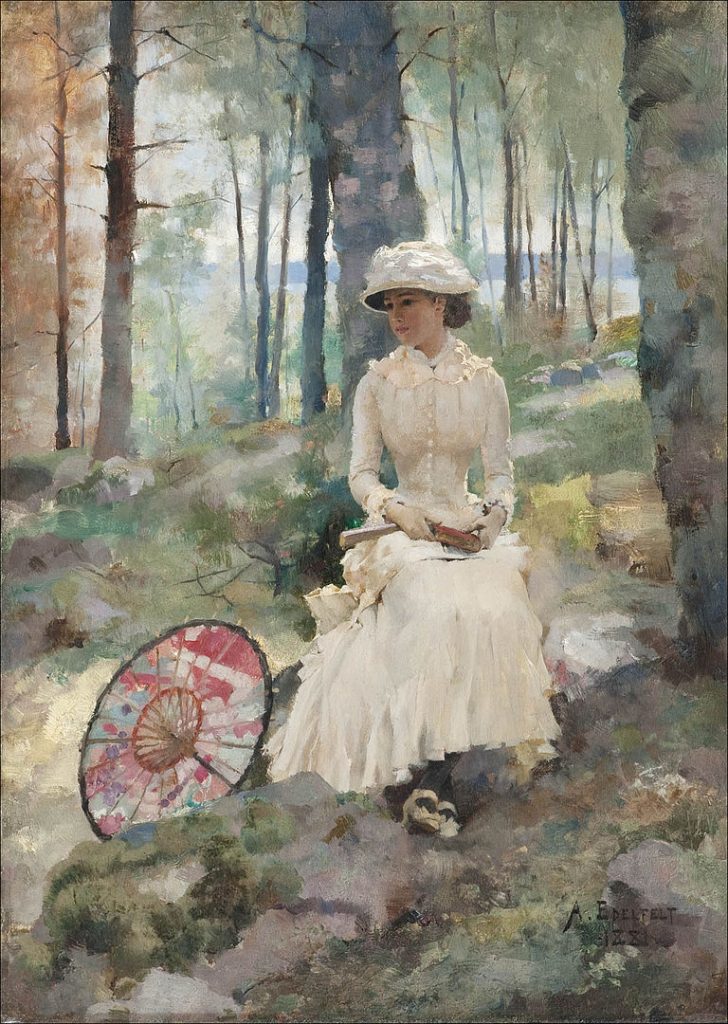
Throughout his career, Edelfelt was known for his versatility, excelling in portraiture, genre scenes, and historical paintings. His works often reflected a deep sensitivity to light and atmosphere, characteristics that linked him with the Impressionist movement, although he never fully adopted their techniques. Instead, Edelfelt combined realistic detail with a poetic sensibility, creating works that were both accessible and deeply emotional.
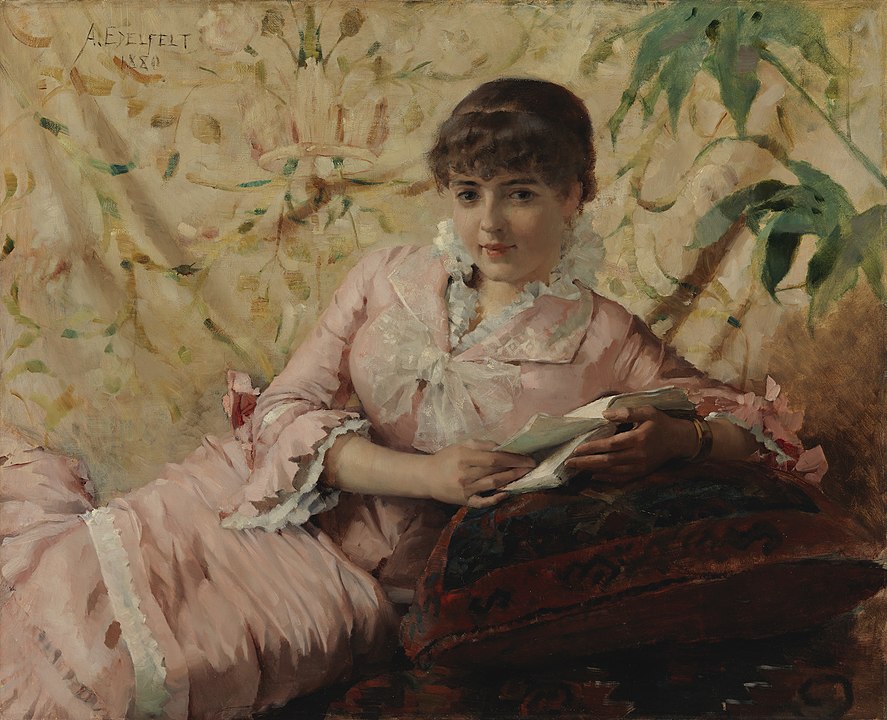
One of Edelfelt’s most celebrated works is “The Luxembourg Gardens, Paris” (1887), which showcases his ability to capture the ephemeral beauty of light and shadow, imbuing the scene with a sense of immediacy and intimacy. His portraits, such as that of Louis Pasteur (1885), won him acclaim for their psychological depth and technical precision. These works not only solidified his reputation in France but also helped to introduce Finnish culture and landscapes to a broader European audience.
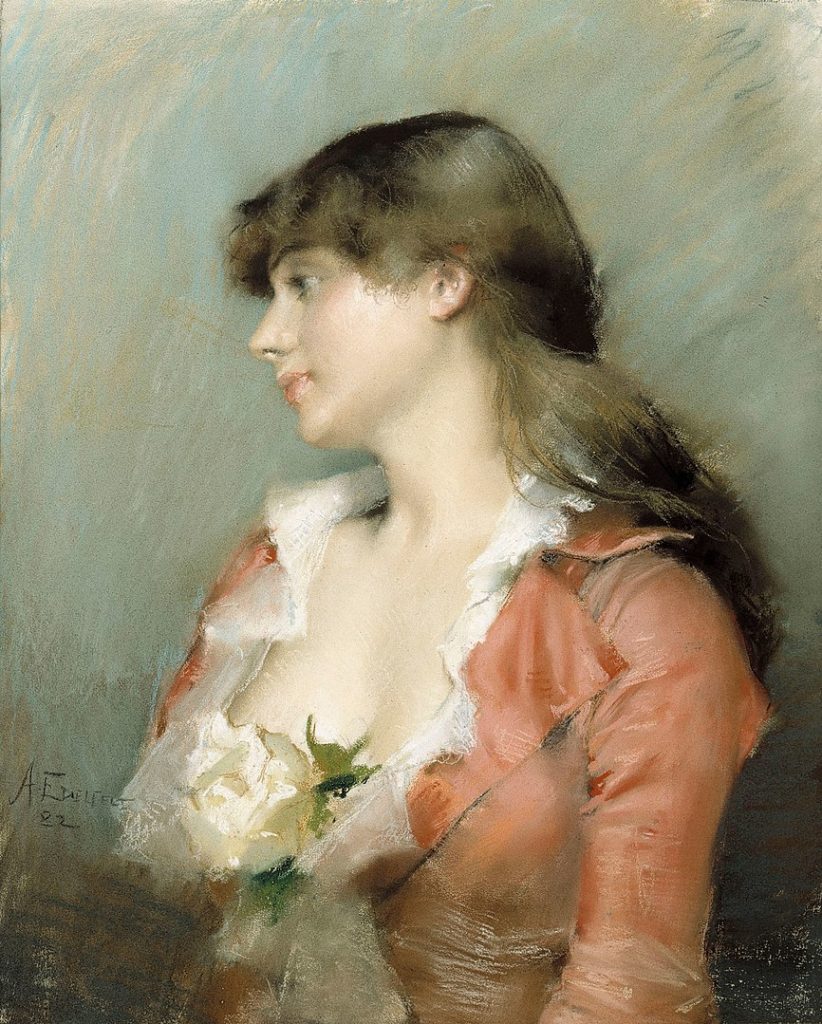
Edelfelt was also a pioneer in the Finnish national art movement, drawing inspiration from Finnish history, folklore, and the natural landscape. His historical paintings, such as “The Duke of Marlborough Signing the Despatch at Blenheim” and “Queen Blanka” (1877), reflect a romantic nationalism that was crucial in shaping Finland’s cultural identity during its struggle for independence from Russia.
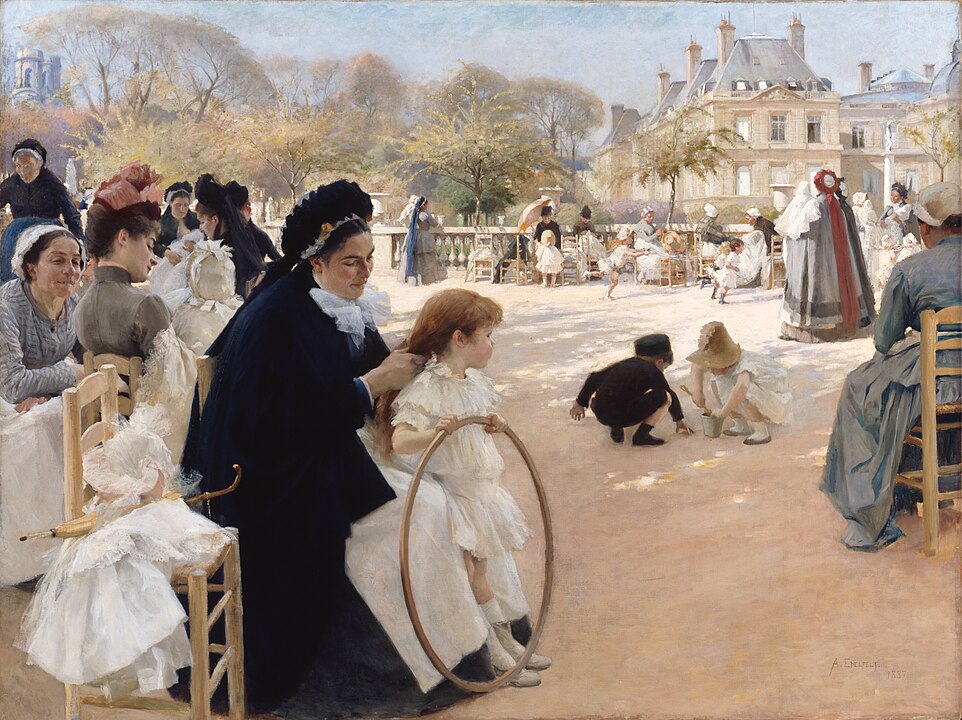
Aside from his paintings, Edelfelt was a skilled illustrator, contributing to books and periodicals. His illustrations for the Swedish translation of Johan Ludvig Runeberg’s epic poem “The Tales of Ensign Stål” are among his most beloved works in Finland, capturing the heroism and tragedy of the Finnish War of 1808–1809 with sensitivity and detail.
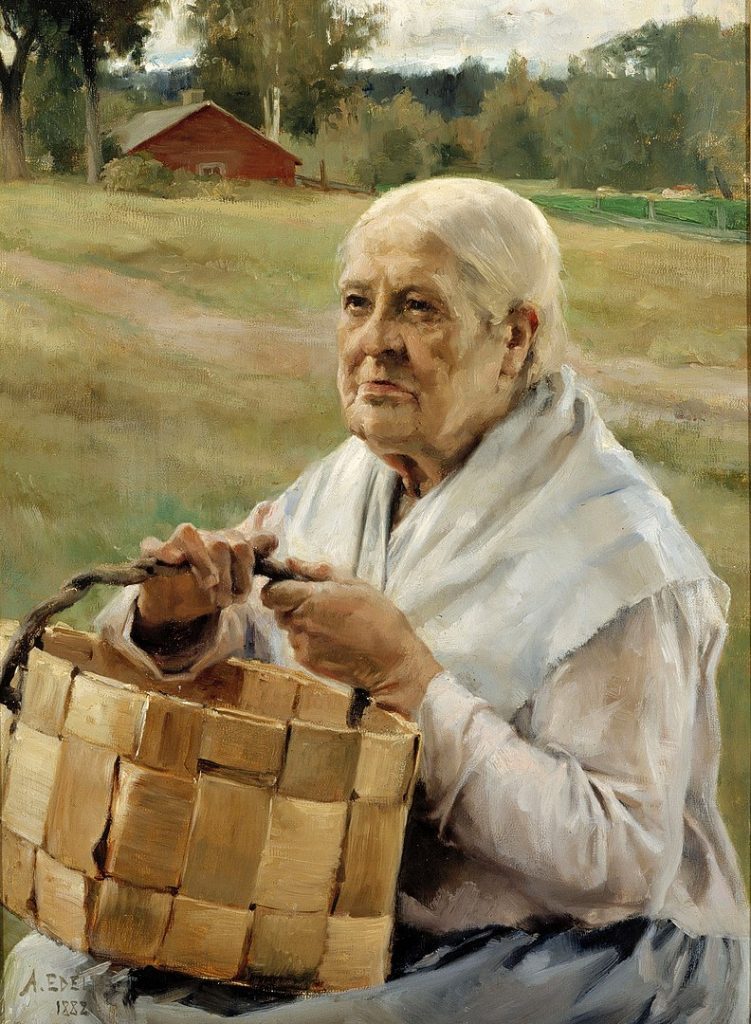
Edelfelt’s contributions to art extended beyond his own creations. He was an influential figure in Finnish cultural circles, advocating for the importance of art and education in society. His correspondence and diaries provide valuable insights into the life of an artist at the turn of the century and his interactions with other notable figures of the time.
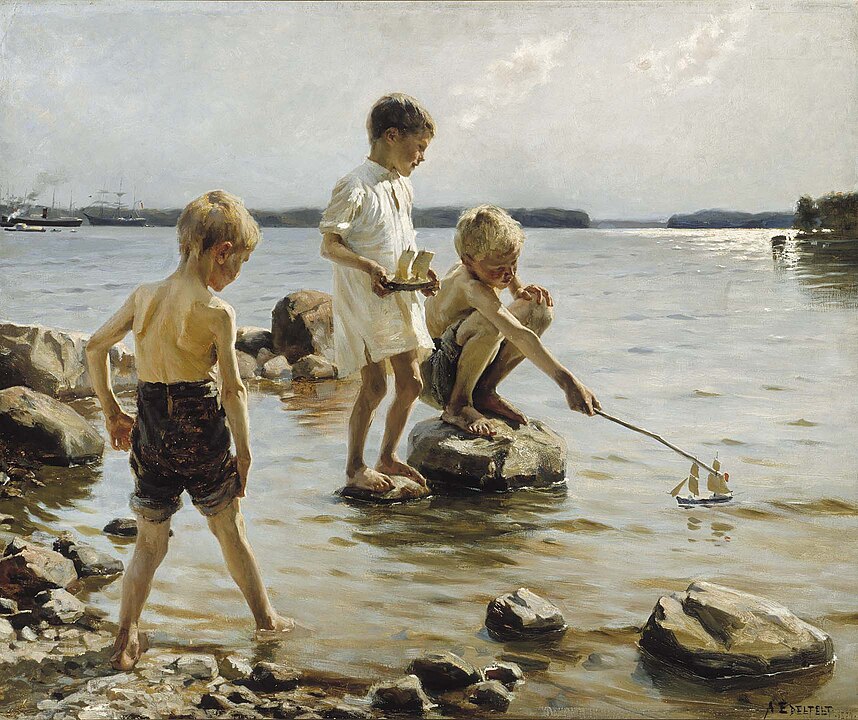
Albert Edelfelt died on August 18, 1905, in Haikko, Finland, leaving behind a legacy that bridged Finnish and European art. He was not only a master painter but also a cultural ambassador who played a crucial role in placing Finnish art on the international stage. Through his works, Edelfelt celebrated the beauty of the Finnish landscape, the richness of its history, and the depth of its cultural traditions, making a lasting impact on the development of Finnish national identity and the broader European artistic landscape.






